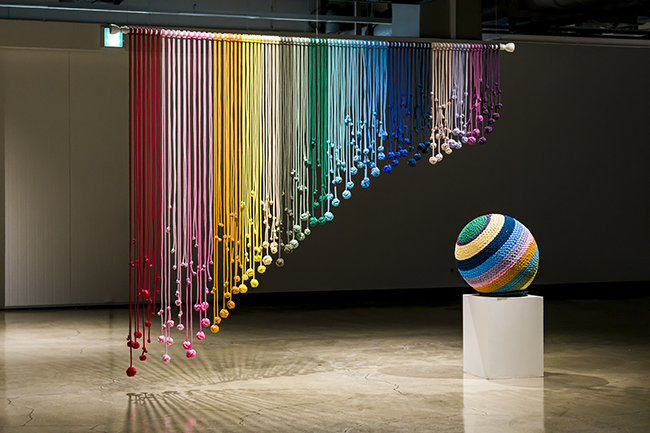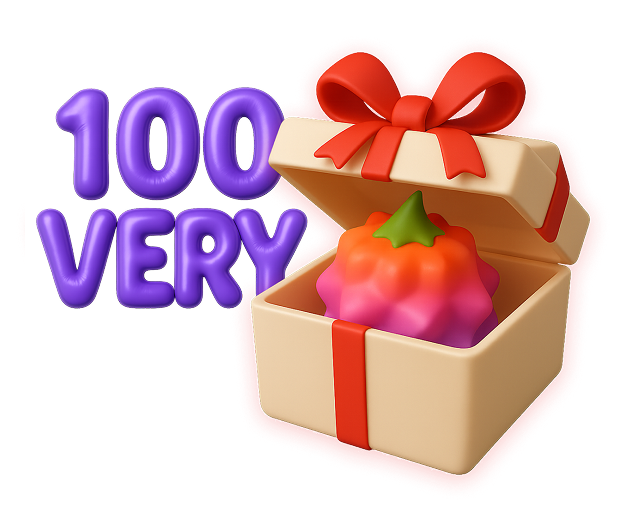-
-
“A clear, green town.” “The source of greenery.” Can you guess what these phrases describe? They are the literal definitions of “Cheongju (淸州)” and “Cheongwon (淸原).”
Period 2024-07-02 ~ 2024-09-29 Location Gallery 6, Korean Craft Museum Host Cheongju City Organize Cheongju Cultural Industry Promotion Foundation, Korean Craft Museum Author Oh Seokcheon, Lee Junhee, Lim Inho, Lim Gyuheon, Cho Sungho, Chun Eunmi, Park Gyehoon, In Yeonghye, Lim Eunsoo, Jeong Yeonje, Choi Yoonhee, Cheongju Upcycle Citizen Center and local artists
![]() Product description Voice guidance
Product description Voice guidance

“A clear, green town.” “The source of greenery.” Can you guess what these phrases describe? They are the literaldefinitions of “Cheongju (淸州)” and “Cheongwon (淸原).”
Cheongju and Cheongwon integrated in July 2014, forming the integrated Cheongju City we all know and love today.
But did you know, if we trace our city’s history back in time, Cheongju and Cheongwon originally started out as
one city called Cheongju? The old Cheongju was part of “Mahan” during the Samhan era in Korean history,
and due to its geographical importance, it has been the center of local administration since the Unified Silla Dynasty.
The city was officially named “Cheongju,” however, in the 23rd year of King Taejo of the Goryeo Dynasty (940 CE).
Thereafter, Cheongju and Cheongwon were split into two regions by a military government ordinance in 1946 upon the liberation of Korea. Despite the division administratively, the two regions sustained the same economic, cultural, and living spheres, which is why it was only natural to unite Cheongju and Cheongwon under the banner of “Cheongju” again.
After four attempts since 1994, Cheongju and Cheongwon were finally reintegrated in 2014. The integration came 68 years after separation, and the integration holds particular significance in that it was a full integration between two working municipal governments.
Fast forward to the present day, and 2024 marks the 10th anniversary of the integration between Cheongju and Cheongwon.
As such, the Korean Craft Museum prepared an exhibition celebrating the 10th anniversary of the integration of Cheongju and Cheongwon, Landscape of Craft, focusing on two distinct materials - metal and textiles. Metal craft, which involves melting and grinding metal to create beautiful works of art, and textile craft, which involves dyeing and weaving delicate threads artistically, are similar to how we are trying to build a “landscape of craft” for our city.
In particular, Cheongju is a truly creative city, home to “Jikji,” the world’s first-ever and oldest surviving book printed using metal movable type. Remembering the history and legacy of Cheongju, where molten iron blossomed into a sophisticated printing culture 1,700 years ago, the Exhibition presents metal crafts that attempt to create new forms by melting and pounding metal,
along with textile crafts that require connecting each fragmented piece to create one beautiful piece of art to showcase the master craftsmanship of all eleven participating artists. The Exhibition is, essentially, a story to tell people that Cheongju and Cheongwon belonged to the same landscape of art from the beginning by using metal and textile crafts that involve blending different pieces to create a beautiful whole.
Landscape of Craft features works of metal craft, which often asks two materials with different physical properties - hard and soft - to meld together, textile crafts, which exude an air of inclusiveness that connects you and me, and a civic craft project joined by 108 local citizens. In Cheongju, given its landscape of craft, craft is the art of connecting people and uniting regions,
and a language of inclusiveness. We hope that through our exhibition celebrating the 10th anniversary of the integration of Cheongju and Cheongwon, Landscape of Craft, everyone gets a chance to reflect on the significance of our city, and discover how we live in a city that is made happier and more prosperous through crafts.


 Callcenter
Callcenter Office Hours
Office Hours Deposit account
Deposit account


